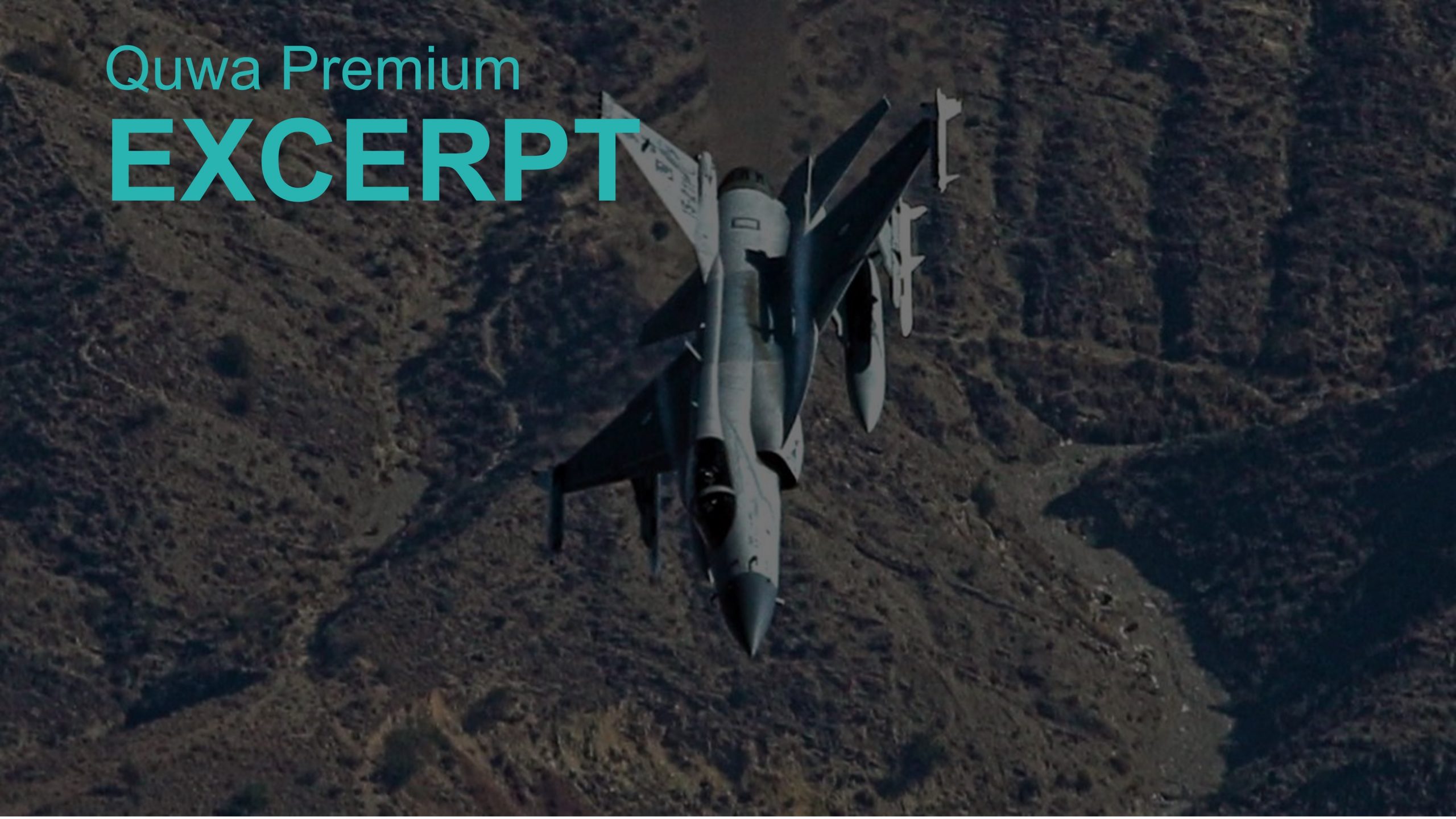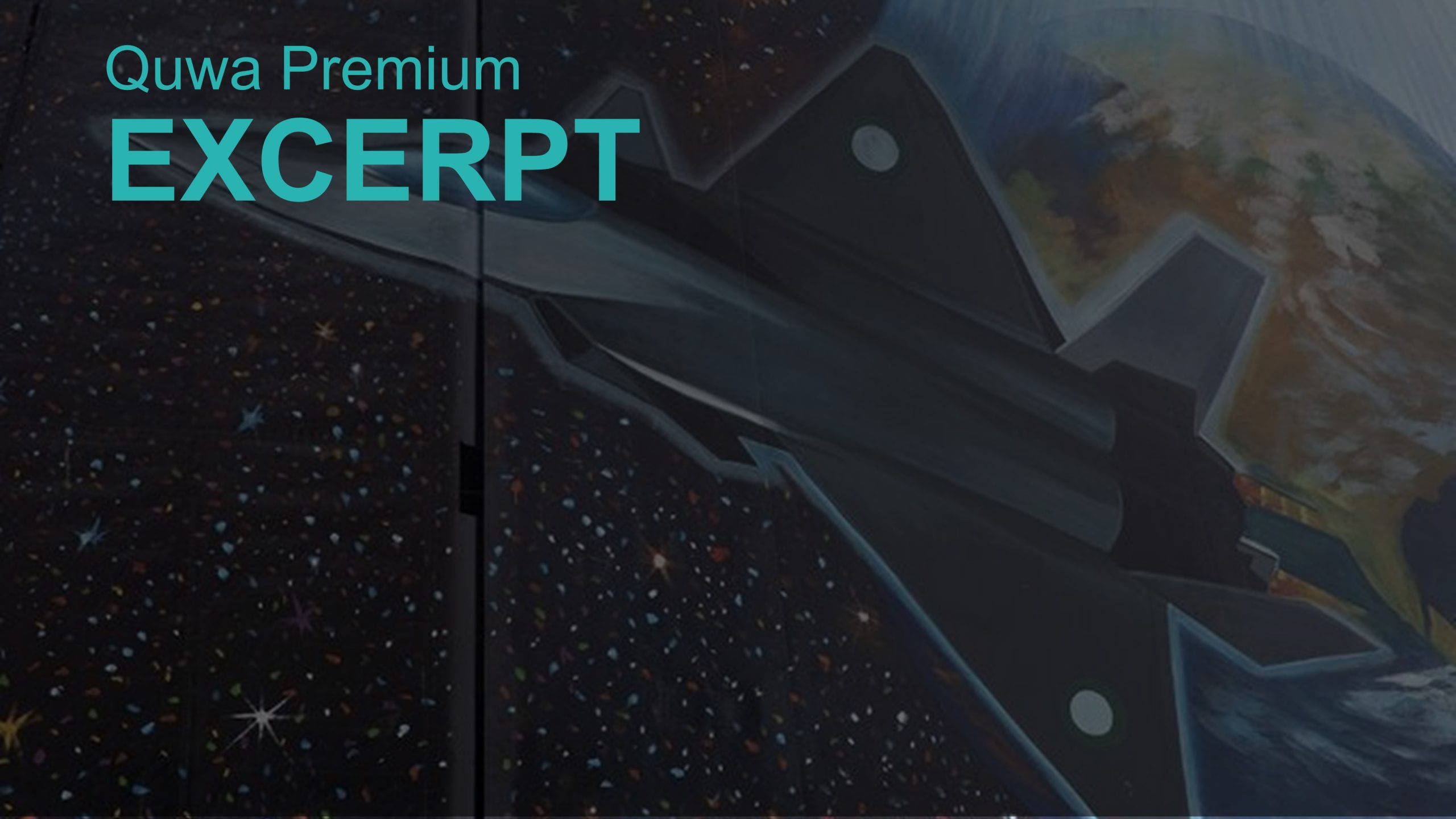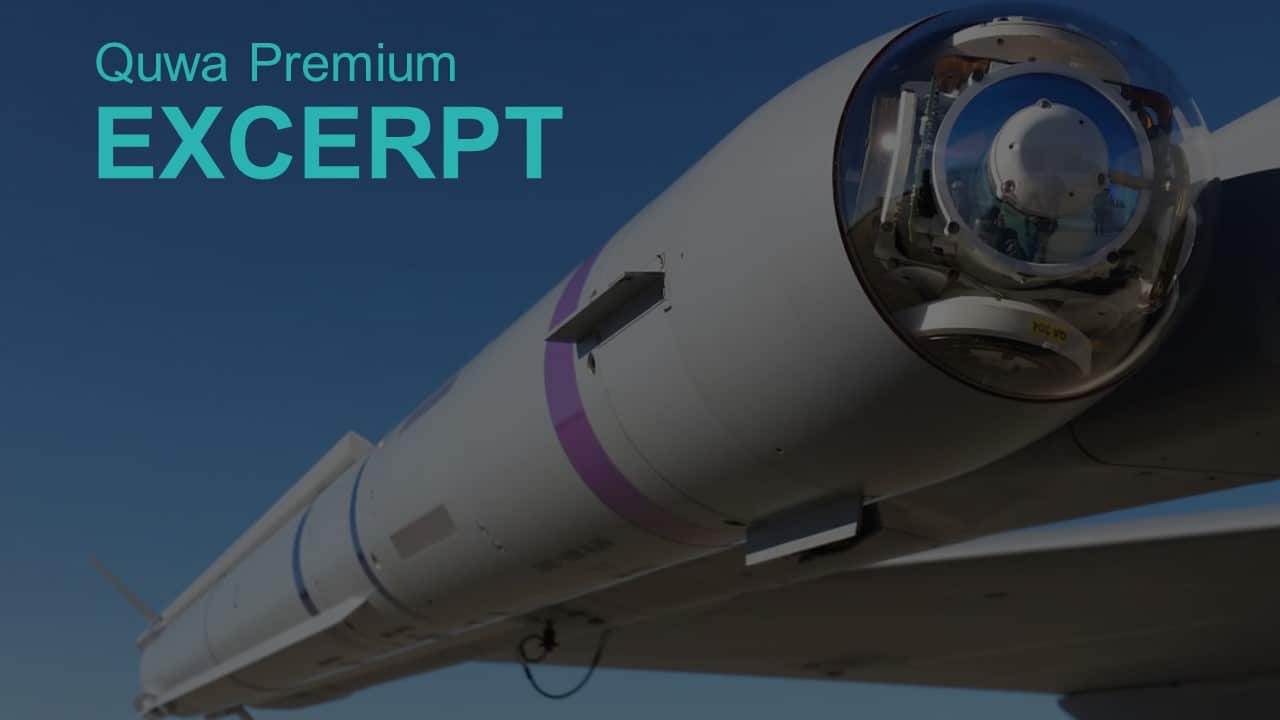2727Views

The Pakistan Air Force’s Plans for this Decade
With a new Chief of Air Staff (CAS) – Air Chief Marshal (ACM) Zaheer Ahmad Babar Sidhu – at the helm of the Pakistan Air Force (PAF), the service arm is looking ahead to its modernization pipeline for the 2020s.
JF-17 Block-III
Having delivered 26 dual-seat JF-17B aircraft to the PAF, Pakistan Aeronautical Complex’s (PAC) Aircraft Manufacturing Factory (AMF) is focusing on the JF-17 Block-III. The Block-III is the most significant update to the platform to-date, and for the PAF, it will deliver a range of new technologies to its fleet.
The most important new subsystem the PAF is expecting is the active electronically scanned array (AESA) radar. The PAF selected an air-cooled version of the Chinese KLJ-7A radar, which reportedly offers a range of 170 km against ‘fighter-sized targets.’ It can also track up to 15 targets at the same time and engage as many as four aircraft at once. However, the unique added benefit of an AESA radar comes from its 1,000+ transmit/receive modules (TRM), which allow for improved defensibility against enemy radar jamming.
Lead-in-Fighter-Trainer (LIFT)
The previous CAS, ACM Mujahid Anwar Khan, had outlined that the PAF required a new LIFT to bridge the gap between the K-8 and the JF-17B. The PAF had evaluated the L-15, M-346 and T-50. It is unclear if the PAF is still interested in a dedicated LIFT as it has not announced a final selection.
Ultimately, the decision to acquire a LIFT will depend on funding availability and whether the PAF sees the JF-17B as too valuable a combat asset to spare for training new pilots. The PAF is looking to integrate the KLJ-7A to the JF-17B, and thus far, the PAF is looking at the JF-17B with the same lens as the F-16B, i.e., a combat-ready conversion asset. Thus, the PAF could still acquire a dedicated LIFT.
Air Defence Ground Environment (ADGE) Updates
In February 2021, ACM Mujahid Anwar Khan reportedly told ARY News that the PAF is expecting a new air defence system in 2021. It is unclear what the ex-CAS was alluding to, though it could be the induction or operationalization of new gap-filler radars (to replace the Mobile Pulse-Doppler Radars) or a new surface-to-air missile (SAM) system. New gap-filler radars were a long-standing requirement and, in 2017, the PAF signed a $130 million US contract with an unknown supplier for 10 such radars.
Unmanned Aerial Vehicle (UAV) Adoption
The PAF is committed to building its UAV force. It seems to have inducted the Shahpar, Burraq, and Falco in respectable numbers. However, with the development of the Shahpar II and PAC UAVs – both of them being medium-altitude long-endurance (MALE) drones – show a commitment to advance the capabilities and technical sophistication of Pakistan’s drone forces in the coming years.
Next-Generation Fighter Aircraft (NGFA)
In March 2021, the PAF revealed that it is aiming to get its in-house NGFA, Project AZM, to fly in 2028. It is difficult to see how the PAF could achieve this target date unless it was either working off a design that already exists (e.g., FC-31), or joins a consortium. In terms of the latter, Turkey had invited Pakistan to join the TFX. Interestingly, the PAF scheduled its target flight-date of AZM in the same timeframe as the TFX.
Wild Card: Off-the-Shelf Fighter
Given the complexity and risk involved with NGFA development (especially in partnership with a maturing aerospace player like Turkey), the PAF will likely seek an off-the-shelf fighter. In fact, the PAF leadership since ACM Sohail Aman (i.e., 2015-2018) maintained that it will need a new fighter to fill its capability gaps and serve as a bridge for the NGFA. The preferred option was additional F-16s, but due to tenuous defence ties with Washington, the PAF looked at alternatives from China and Russia.
End of Excerpt (616/1,414 words)
You can read the complete article by logging in (click here) or subscribing to Quwa Premium (click here).
Get More Insights on the Pakistan’s NGFA Program:


